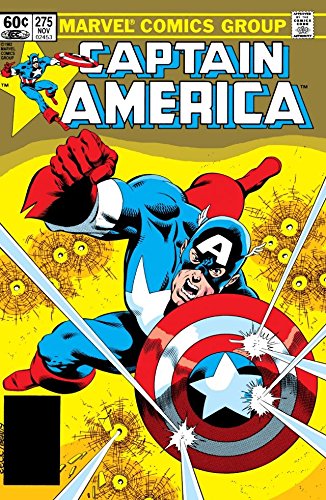The Unbroken Line of Lynching in America
Lynching in the United States is often spoken of as a
relic of the past — a brutal chapter closed with the Civil Rights Movement. Yet
the evidence tells a different story. From the grotesque postcards of the early
20th century to suspicious hangings in Mississippi today, lynching is not just
history. It is a living legacy, woven into the cultural fabric of America and
passed down across generations.
Lynching Postcards:
Souvenirs of Terror
·
Between the 1880s and 1940s, lynching was
not hidden but celebrated.
·
Photographs of victims were turned into postcards,
sold and mailed across the country until the U.S. Postal Service banned them in
1908.
·
These postcards often showed white families
posing with victims, smiling as if at a festival. Children were present,
indoctrinated into a culture of hate and supremacy.
·
Examples include:
o
1903, Wrightsville, GA – Lee Hall
lynching postcard.
o
1908, Russellville, KY – Four Black men
lynched, children visible in the crowd.
o
1930, Marion, IN – The infamous Shipp and
Smith lynching, photographed with thousands of spectators, including women and
children.
Explore
the Without Sanctuary digital exhibit of lynching postcards: Without
Sanctuary
Indoctrination of White Children
·
Children’s presence was not incidental. Parents
deliberately brought them to lynchings.
·
These events functioned as rituals of
indoctrination, teaching that racial violence was acceptable and
celebrated.
·
Postcards immortalized this indoctrination,
embedding racism into everyday life and ensuring its transmission across
generations.
Continuity into the Present
·
Mississippi, historically one of the
states with the highest lynching rates, continues to see suspicious hangings of
Black men.
·
Since 2000, at least nine Black men
have been found hanging from trees in Mississippi, often ruled suicides by
authorities but disputed by families.
·
September 2025:
o
Demartravion “Trey” Reed, a 21‑year‑old student
at Delta State University, was found hanging from a tree.
o
Cory Zukatis was found hanging near a
casino in Vicksburg the same day.
·
These cases echo the past: quick rulings of
suicide, community distrust, and the haunting imagery of lynching.
Read
Equal Justice Initiative’s report on lynching in America: EJI – Lynching in America
Coverage of recent suspicious hangings: Family of Black student
found hanging from tree on Mississippi campus seeks independent autopsy
The Generational Thread
·
It is conceivable — and historically consistent
— that descendants of families photographed at lynchings are connected to
suspicious hangings today, whether through lineage, cultural memory, or
institutional power.
·
The overlap between counties with the highest
lynching rates (Bolivar, Leflore, Holmes) and recent suspicious hangings
underscores this continuity.
·
Just as lynchings were rarely prosecuted in the
past, today’s cases are often dismissed, perpetuating the same cycle of silence
and impunity.
NAACP
archives on anti-lynching campaigns: The NAACP's Anti-Lynching
Campaign | American Experience | Official Site | PBS
NAACP History of Lynching in America: History of Lynching in America |
NAACP
Conclusion
Lynching is not
just a chapter in America’s past — it is a living legacy. The postcards
remind us that racial violence was normalized, celebrated, and taught to
children. The suspicious hangings of today remind us that the terror continues,
often hidden behind official rulings of suicide.
To confront this
reality, we must acknowledge the generational transmission of hate, the
geographic persistence of racial terror, and the institutional silence that
allows it to endure. Only then can we break the unbroken line from postcards to
the present.
About the Author
Daryl Horton is a technical and creative writer who is
passionate about being creative. He has comprehensive training in business
information management, information systems management, and creative and
technical writing. Daryl has the knowledge and skills to help organizations
optimize their performance and maximize their potential. He spent several years
in a Knowledge Management PhD program at Walden University, nearly completing
it, but resigned from the program during his dissertation phase to pursue his
passion for creativity (http://www.abolitic.com/).
Despite his love for creativity, he often finds himself participating in groups
where his technical experiences add value.
You can find more information about Daryl Horton on his
LinkedIn page at https://www.linkedin.com/in/darylhorton/.
Generated with the assistance of Microsoft
Copilot. Reviewed and edited by a human author.











